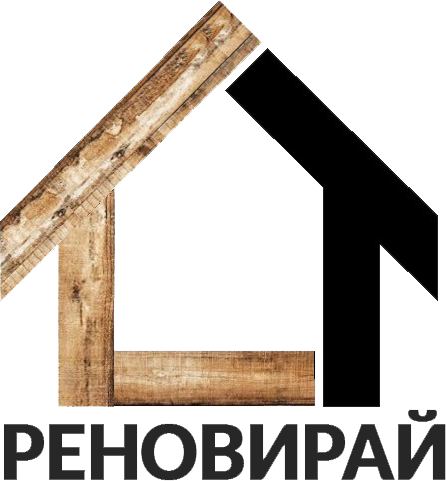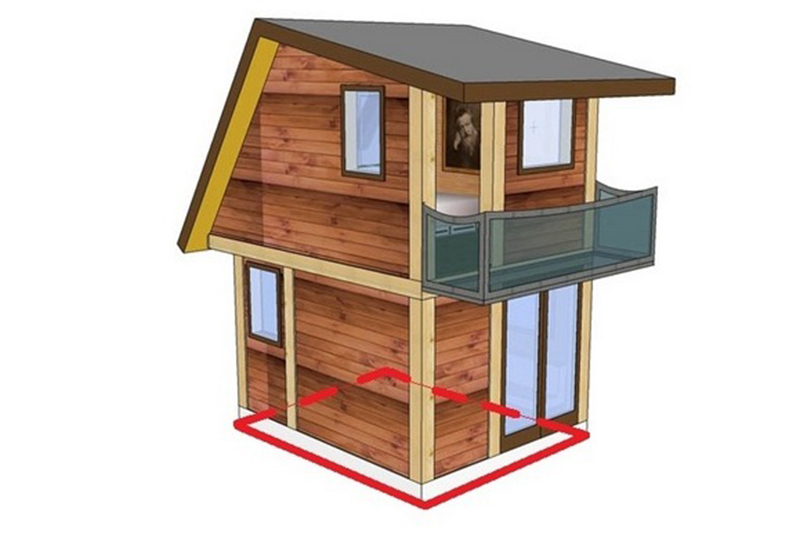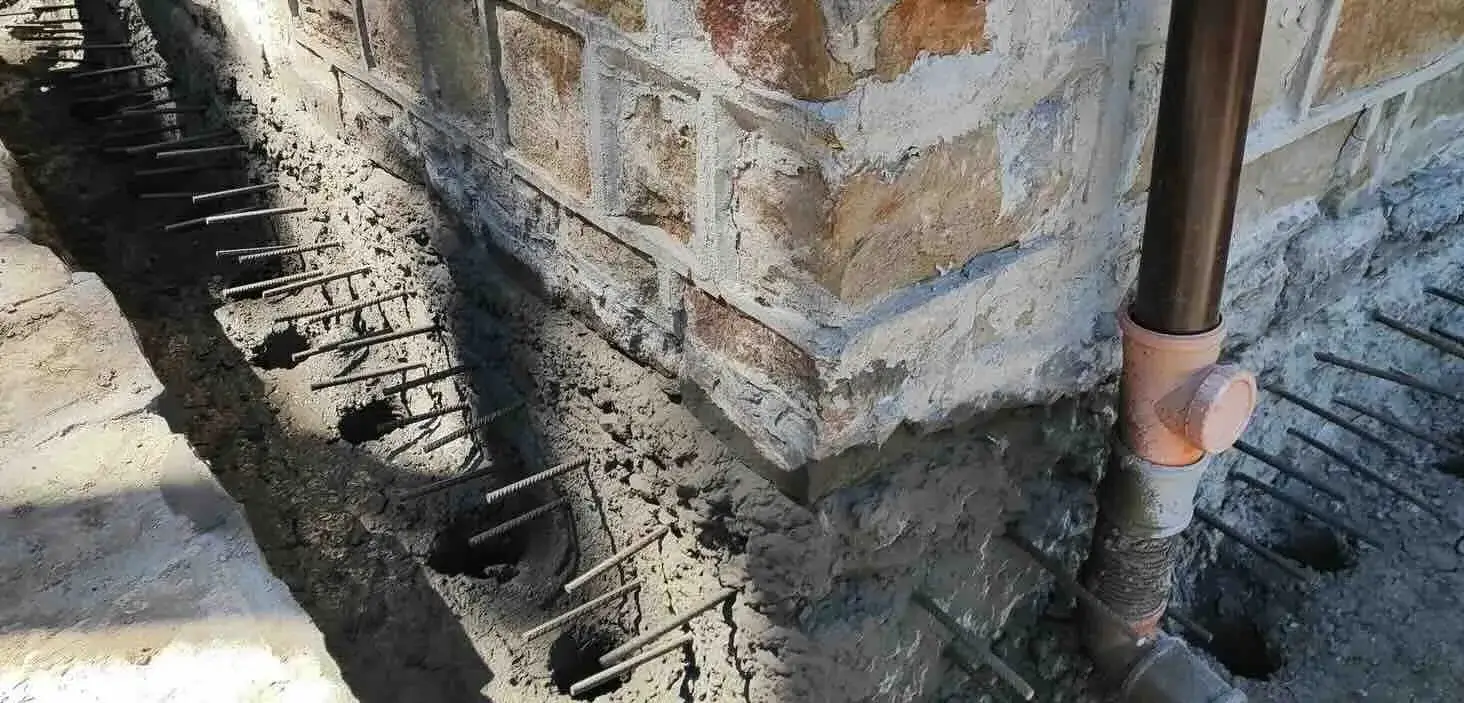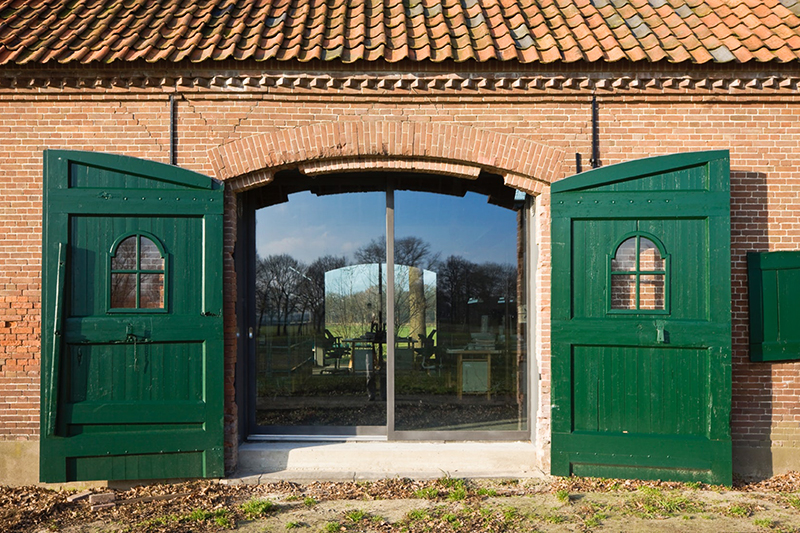Какво означава поземлен имот?
Част от територия с определени с граници, съобразно акт за правото на собственост. Всеки поземлен имот има уникален за страната кадастрален идентификационен номер. Той може да бъде проверен в сайта на Имотен регистър към Агенция по вписванията. Друг полезен онлайн инструмент е кадастралната карта на България.
Кога един парцел е урегулиран поземлен имот?
“Урегулиран поземлен имот” (УПИ) или “урегулиран имот” е поземлен имот, за който има влезнал в сила одобрен подробен устройствен план.
В него следва да бъдат определени:
- граници, достъп от улица, път или алея;
- конкретно предназначение;
- показател за площ на необходимата земя (или площ на поземления имот) за съответен обект;
- показател за плътност (процент) на застрояване на урегулирания поземлен имот (П застр.);
- показател за интензивност на застрояване на урегулирания поземлен имот (К инт.);
- показател за процент на озеленяване на урегулирания поземлен имот (П озел.).

Според предназначението си урегулираните поземлени имоти в населените места са предвидени като:
- жилищни;
- за обществено ползване;
- обслужващи;
- производствени;
- складови;
- курортни;
- вилни;
- спортни;
- рекреационни;
- с развлекателни функции;
- за паркове и градини;
- за движение и транспорт и други.
Кога един поземлен имот е неурегулиран ?
Неурегулиран поземлен имот е имот, който не е урегулиран с подробен устройствен план (ПУП). Такива имоти позволяват малък процент строителство, регламентирано в НАРЕДБА № 2 ОТ 10 АПРИЛ 1998 Г. ЗА ЗАСТРОЯВАНЕ В ЗЕМЕДЕЛСКИТЕ ЗЕМИ .
Какво представлява понятието разгърната застроена площ?
Това е сбор от застроените площи на всички етажи. Към РЗП не се включват стопански площи (складови помещения за лично ползване, тавани и сутерени, ателиета и прилежащите им коридори, стълбища и такива за общо ползване – сметопроводи, абонатни станции, котелни помещения, и др.). В разгънатата застроена площ се включват и целите площи на балкони, лоджии и тераси в надземните етажи, измерени по външните им очертания, както и застроените площи в подпокривните пространства на сградите, когато не са тавански складови помещения.
Какво е плътност на застрояване?
Представлява отношението между сбора от застроените площи на основното и допълващото строителство спрямо общата площ на урегулирания поземлен имот. Плътността на застрояване се представя като процент. Този показател може да бъде определен за квартал, устройствена територия или зона, както и за отделни имоти.

Какво е застроена площ в урегулиран поземлен имот?
За застроена площ се счита стъпката на сградата на кота нула по външните очертания на ограждащите стени. В нея се приспадат площта на проветрителните шахти и проходите в тези очертания. В застроената площ не се включват наддаването над цокъла на сградите, терасите, външните стълби и стълбищните площадки,басейните, рампите, гаражите и другите елементи с височина до 1,2 м от средното ниво на прилежащия терен.

Какво представляват идеални / общи части на сградата?
Идеалните части на сграда са площи, които по проект са предвидени за общо ползване от всички собствениците на имота / сградата.
Общите части при сгради с етажна собственост (чл. 38, ал. 1 от Закона за соствеността) са:
Земята, върху която е построена сградата, дворът;
Основите и външните ограждащи стени;
Разделителните зидове между жилищата;
Хоризонталните и вертикални комуникации (стълбища и площадки към тях);
Междуетажните помещения, асансьорната шахта, и др.);
Покривът, когато не е разделен на отделни складове или други помещения;
Портиерското жилище, абонатните станции и помещенията за гражданска защита;
Външните входни врати на сградата и вратите към към общите тавански и избени помещения;
Главните линии на всички видове инсталации и централните им уредби;
Всичко, което по своето естество служи за общо ползване.

Author: Dr. Eng. Teodor Todorov










